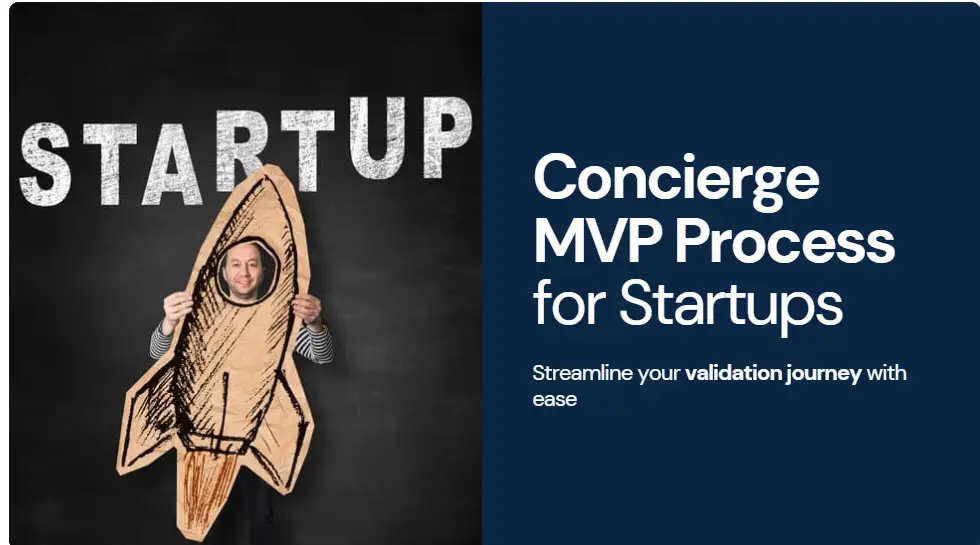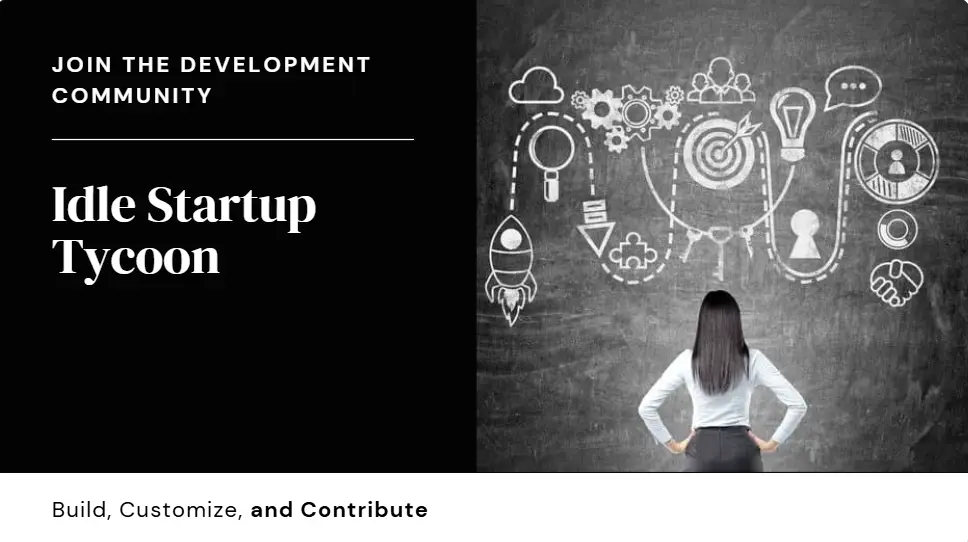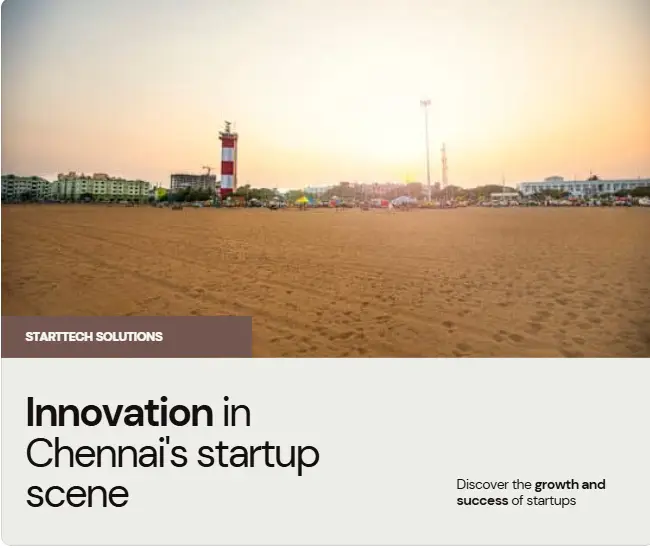
The journey of building a successful startup often hinges on a critical factor: Before actually committing resources to your idea, you validate your idea. The Concierge Model is an excellent approach that corresponds to the Lean Startup and allows entrepreneurs to gain insights, bring down risk, and ship products that resonate with their people. In this guide, you’ll be taken through everything that involves the Concierge MVP, enriched with real world examples, steps to take, and a Real life story to stir up your thoughts.
What is a Concierge MVP?
Concierge MVP stands for Minimum Viable Product where you test and validate a product without actually building the whole product. Instead, however, it focuses on manual processes, flexibility, and higher degree in customization to meet unique customer needs.
- By focusing on manual execution rather than automation, entrepreneurs can:
- Don’t waste too much of your money on untested ideas.
- Don’t waste resources on features that are more unnecessary.
- Uncover intriguing data about a customer’s behavior and preference.
Key Characteristics of a Concierge MVP:
- Manual Operations: Functions are performed by humans to duplicate in product behavior.
- Customer-Centric Approach: Understanding and meeting customer needs, using high touch interaction.
- Quick Iterations: Learning cycles at warp (develop hypotheses and test them quickly) so we can assume some things are true about the customer and the problem.
Why should the Concierge MVP be important?
Not only is the Concierge MVP a cheap way to go to market with your idea, but it is also a great strategy to understand the real world consequences of your idea. Here’s why it matters:
Benefits:
- Delay Complex Investments: Don’t go buying expensive things right away, wait to see if you’ll need them.
- Validate Core Assumptions: Can you test the riskiest parts of your business idea upfront?
- Customer Insights: Learn pain existence and people’s preferences.
- Revenue Potential: With income, operate a basic version of your business.
Building a Startup Using the Concierge Model
Here’s a step-by-step guide to implement the Concierge MVP and validate your startup idea effectively:
1. Identify the Problem
Pain points help you to identify what makes your target audience upset, so conduct surveys, interviews and market research.
Example: Let’s say you want to launch a personalized fitness coaching service. Consider what exactly people struggle with; a lack of motivation, zero workout plans or finding a way of tracking progress.
2. Define Your Value Proposition
Explain how your product or service addresses the problem that you’ve identified and how it’s unique.
Example: “We set fitness plans specifically tailored to you and do daily check ins to make sure you are consistent and getting the recs.”
3. Manually Deliver the Service
You first have to offer the service manually to a small handful of early adopters.
Example: Instead, make fitness plan and email it through email.
4. Engage Closely with Customers
You want to build relationships with your users. Just observe their behavior, ask for feedback and understand the challenges they’re facing.
Example: Set a weekly call with a customer to see how his progress is going and make any changes to their plan.
5. Iterate and Improve
Refine your offering by using customer feedback. It’s an iterative process that makes sure you don’t build something that everyone doesn’t need.
Example: If users request meal planning with fitness coaching, statically add it into your service.
6.Gradually Automate
If you validate your idea, and get it right – refine the service – then the next step is to automate processes to save time, and scale!
Example: Moving from keeping track of workouts manually to developing an application that automates the tracking, reporting.
7. Track Metrics
It also monitors key performance indicators (KPI) such as Customer Satisfaction (CSAT), Net Promoter Score (NPS) and Customer Retention.
Example: Keep your eyes open to see how many customers continue using your service three months after and learn about the areas they would like to see getting better.
A good formula for building a Concierge MVP
To maximize the effectiveness of your Concierge MVP:
- Define Clear Objectives: Narrative practices help in acting as specific about the insights that you want to gain.
- Choose the Right Audience: Reach out to early adopters and those that are willing to use new solutions.
- Design Personalized Interactions: Make your tool cater to the individual needs.
- Establish Feedback Loops: Get regular input from customers and iterate.
- Set Boundaries: Set boundaries on manual work so you don’t burn out.
- Be Transparent: Become open about your process with participants, and build trust.
Avoid Common Mistakes
- Failing to define goals in a clear way.
- Picking an audience that isn’t your target audience.
- Ignoring customer feedback or not putting in place the feedback loop.
- Critically, not having clear boundaries on the manual processes that are being over committed with.
- Without transparency, which can destroy customers’ trust.
Metrics and Evaluation
To assess the success of your Concierge MVP, monitor the following metrics:
- Customer Satisfaction (CSAT): Have your customers got stoked about the result?
- Net Promoter Score (NPS): Have your customers ever recommended your service?
- Customer Retention Rate: Are customers returning?
- Cost Per Acquisition (CPA): How much does it cost to get each customer?
- Monthly Recurring Revenue (MRR): What revenue are you making?
- Burn Rate: Are you spending efficiently?
Practical Story: How to Launch a Meal Delivery Service
Let’s say you want to develop a healthy meal delivery service. Instead of building a complex app, you take these steps:
- Identify the Problem: It’s difficult for customers to locate new and healthy tasting meals during busy weekdays.
- Value Proposition: “We take fresh food and prepare it the way you want.”
- Manual Delivery: Set up an Airbnb for yourself somewhere, do everything you can online, collect orders thru Google forms, prepare meals in a rented kitchen, and stick and delivery yourself.
- Customer Engagement: Get their first order call them to get feedback on taste, the portion size, and the delivery time.
- Iterate: Receive feedback and adjust recipes, delivery schedules.
- Automation: Once validated, invest in a good old digital order management system (web or app).
Outcome: You create a loyal base, before scaling operations, so you get to learn and know the customer first and then can start scaling operations.
Real-Life Examples
- Zappos: Testing demand on manually sourced shoes from a store before building an e-commerce platform.
- Facebook’s M Assistant: It started as a manual concierge service to seek insights about AI driven customer interactions.
- Groupon: Created deals manually, then sent them out via email until you automated the process.
Conclusion: From Concierge to Scalable Success
The Concierge MVP is a fantastic way in which you can validate your startup idea without much risk and learn a lot faster. By focusing on manual processes and customer-centric interactions, you can:
- Quickly test assumptions.
- Real feedback should be used to refine your offering.
- Try to build a product that actually solves people’s problems.




